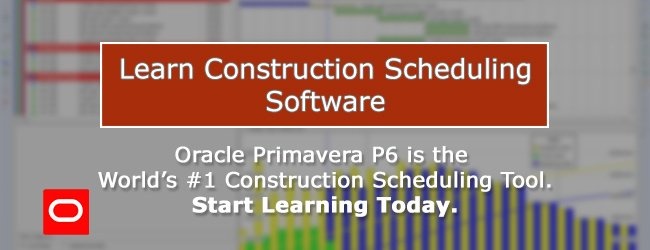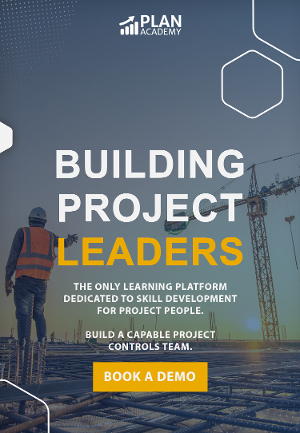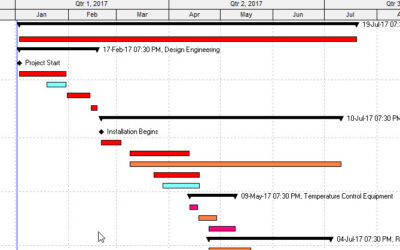Big Data For Construction: How It Can Help You Deliver Your Project On Time
Big Data for construction is here – the question is are you ready?
But first, what is Big Data? At the AACE Conference last month in Toronto, the keynote speaker was Paul Zikopoulos, a trends expert and VP of Big Data Analytics at IBM.
Big Data is a ubiquitous term that refers to the immense amount of data we capturing about all of our interactions online or with devices. Every click online is captured somewhere in a database, not to mention every phone call and Netflix episode you stream. Although there’s the ongoing privacy debate, there’s also huge opportunities for us as business people and even as human beings. Big Data analysts focus on sifting through the terabytes to find trends and timelines that we’d otherwise never know about – ones that can help us better understand, in the Construction industry, processes, bottlenecks and ways of working smarter.
“Everyday we walk by solvable problems, leaving opportunities untapped.”
– Paul Zikopoulos
Some of the world’s largest companies don’t own any tangible assets. Uber has no vehicles and Airbnb owns no real estate. These companies rely on data and analytics to drive their business models and offer services that are unique, individualized and lucrative. This is why you want to get involved in the Big Data revolution.
According to Paul, Big Data comes from three different sources – Social, Mobile and Cloud. In construction, many companies are already deeply embedded in these technologies. The shift to a more mobile-friendly work environment has made its way to the Oil and Gas, Transportation, and Construction industries. Now contractors are using their phones to update schedules, track materials and even view 4D mock ups of a build.
How Do You Leverage Big Data?
According to an article in Forbes by Bernard Marr on Big Data and Construction, construction companies can be viewed as accounting companies that erects buildings; since a big part of construction is keeping track of the numbers. Big Data is currently moving its way into Construction where companies are using cloud applications for real-time on-demand analytics.
John Jacobs, CIO at JE Dunn, believes that 2D and 3D models, financial, corporate, schedule and weather data should be linked together for a better understanding of complex projects. Not finding such an offering in the marketplace, JE Dunn decided to partner with Autodesk to develop a real time, data-focused predictive model that estimates and visualizes complex builds. It’s called LENS. LENS displays conceptualized models that tie the design to the cost estimate. It assists in speeding up the design process by getting the client and contractor on the same page, resulting in reducing waste and saving dollars.
BIM becoming more common place in many countries. There are many case studies on BIM, including this one mentioned by John Jacobs, where the use of data from BIM (building information modeling) reduced cost by $11 million on a $60 million civic center project and cut the completion date by 12 weeks. In Construction, Big Data and the cloud can improve the understanding of the project, reduce errors, reduce project delivery time and increase profits.
In the near future Big Data will be used to transform the Construction industry and how companies erect buildings with the use of analytics. Like Paul Zikopoulos said, mobile is a form of Big Data and contractors have already started making use of it by implementing mobile apps to collaborate, track resources, and document schedule changes among many other things.
“Data is the new dollar,” – Amar Hanspal, Autodesk SVP
Do you think Big Data will make a difference in the construction industry in the near future? Let us know your thoughts by leaving a comment below.






